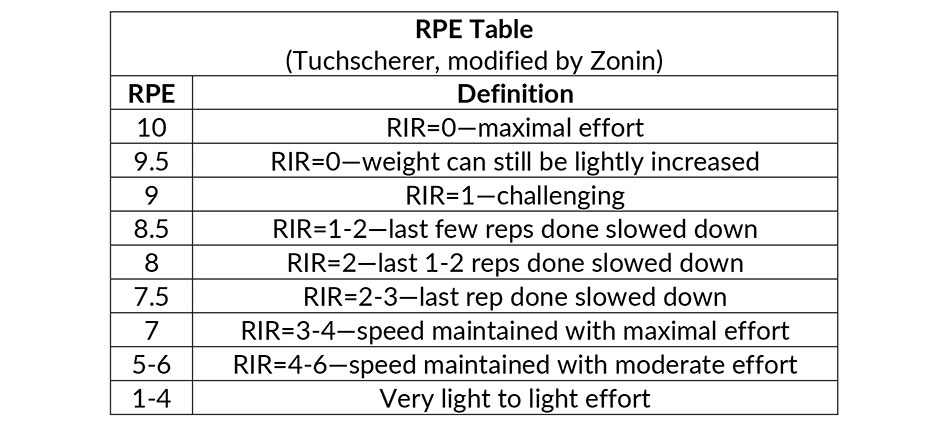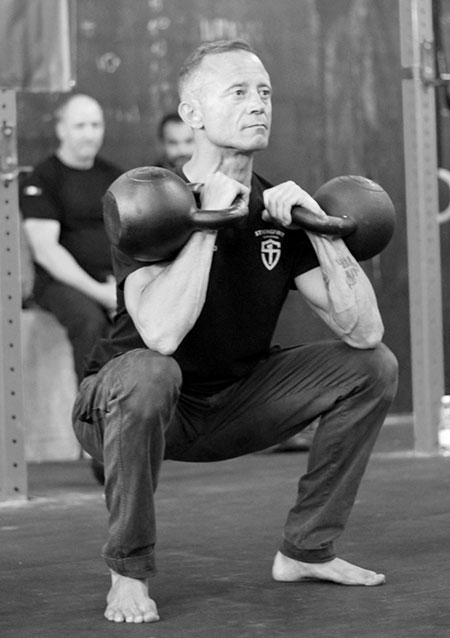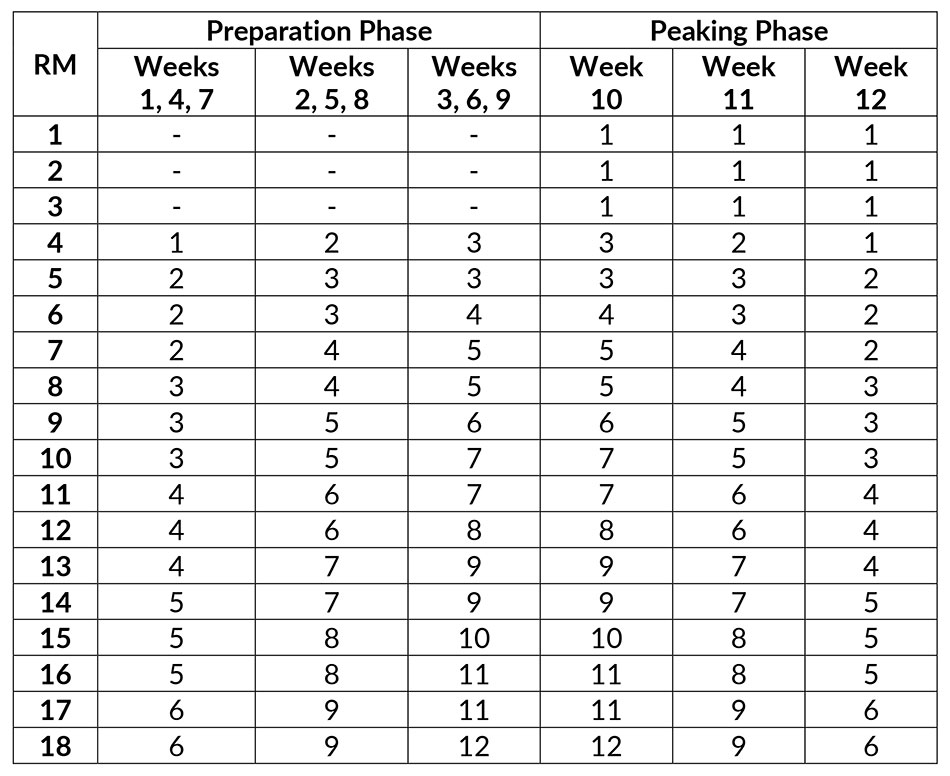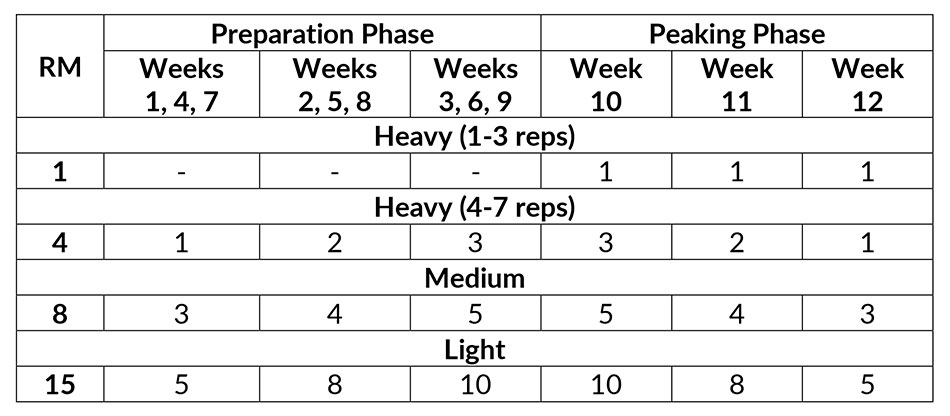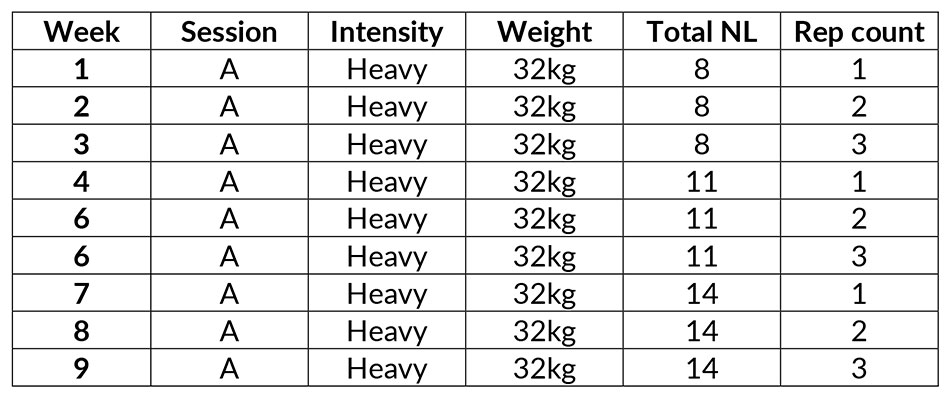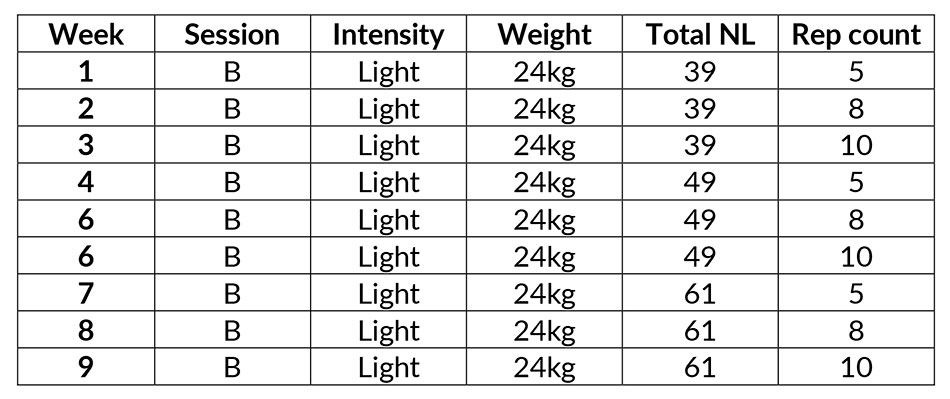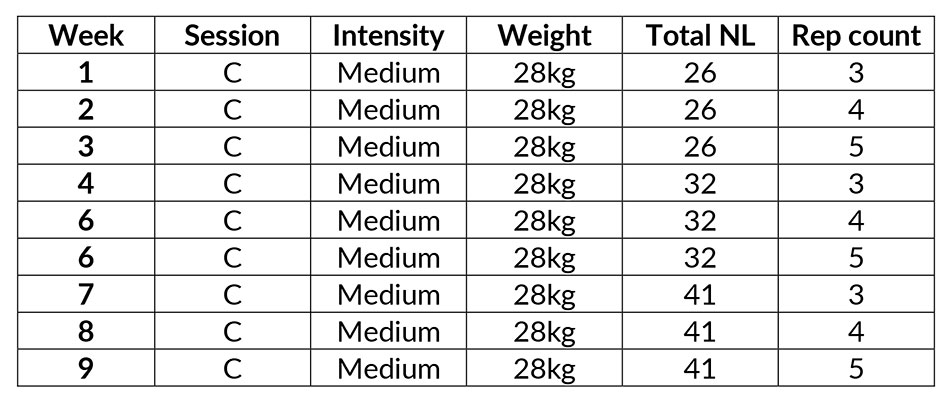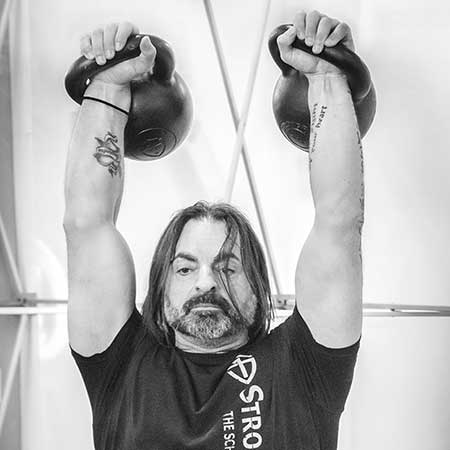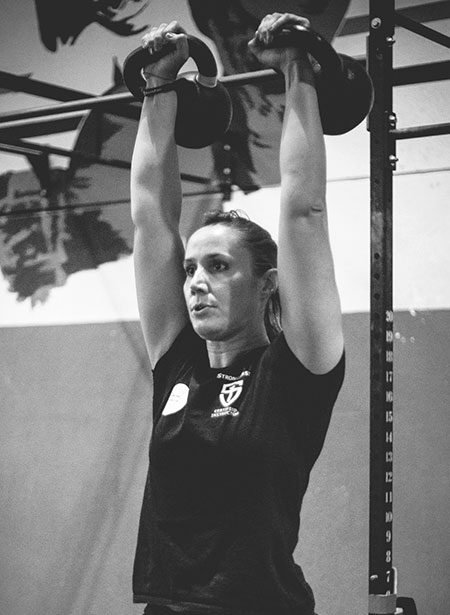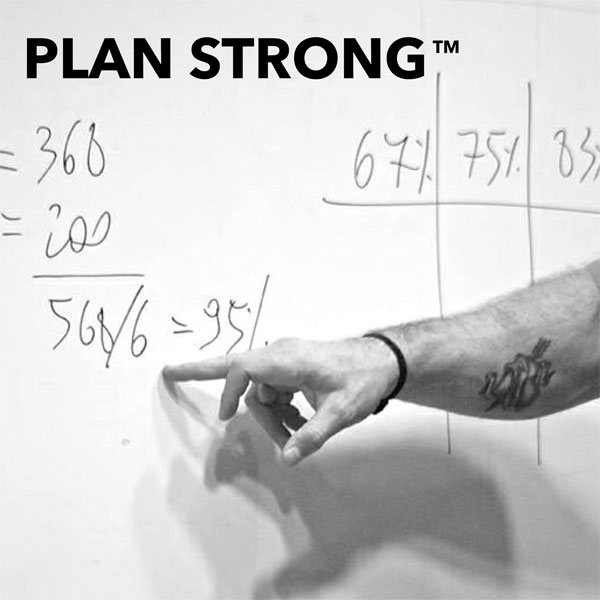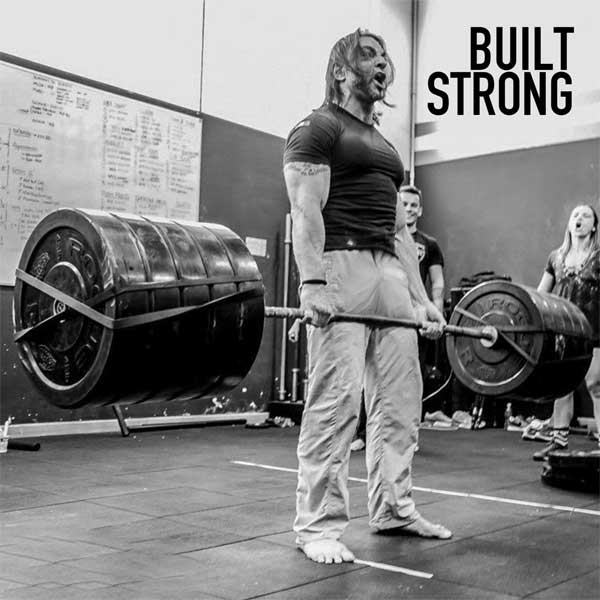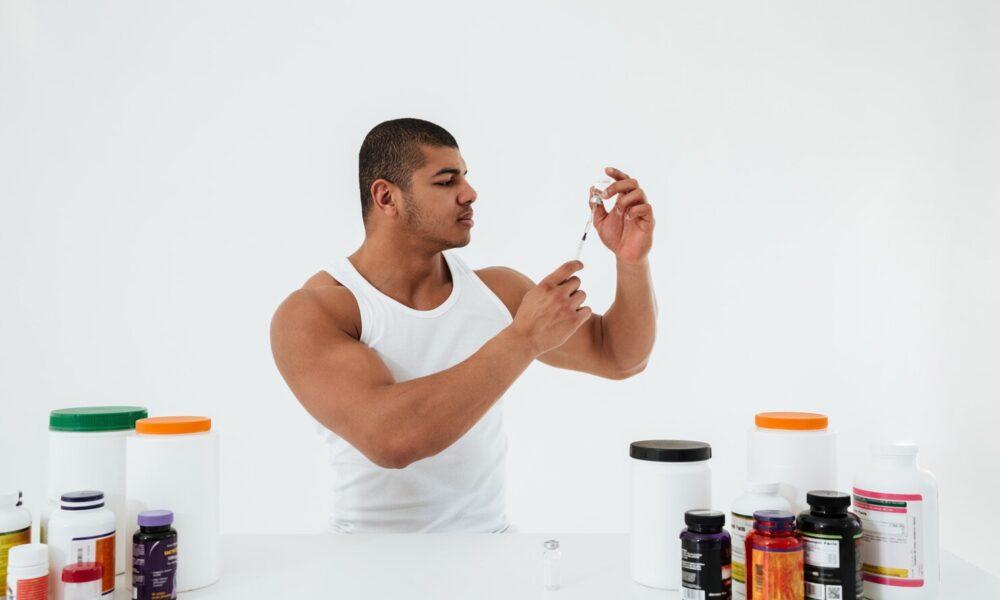
The use of anabolic steroids and other performance-enhancing drugs continues to occur, despite being banned by major sports organizations and users knowing the negative long term effects they can have on their body.
Despite knowing about the adverse effects, bodybuilders still all types of anabolic steroids to increase muscle mass, enhance strength, improve recovery, to achieve their fitness goals.
Although steroids can help in muscle building and strength, its use comes with significant risks and side effects. The misuse of anabolic steroids can lead to liver damage, cardiovascular problems, hormonal imbalances, psychiatric disorders and worse.
This article explains the benefits and the potential dangers of anabolic steroid use.
Anabolic steroids, also known as anabolic androgen steroids, are a type of performance-enhancing drug that athletes and bodybuilders use to boost strength, build muscle mass and improve their performance.
These substances are manufactured testosterone hormones and work like the testosterone hormone found in humans, mainly in men. You can take them orally, apply them on your skin or inject them.
While bodybuilders use different types anabolic steroids to increase their performance and build muscles, most forms of it are illegal for use. Many of the types have been banned in most of the leading sports organizations worldwide because its adverse effects outweigh the benefits, and they are also easily misused by bodybuilders.
However, they are approved for some medical conditions under a healthcare practitioner’s prescription. A health practitioner can prescribe anabolic steroids for the treatment of medical conditions like low testosterone levels in men, arthritis, asthma, and other respiratory diseases.
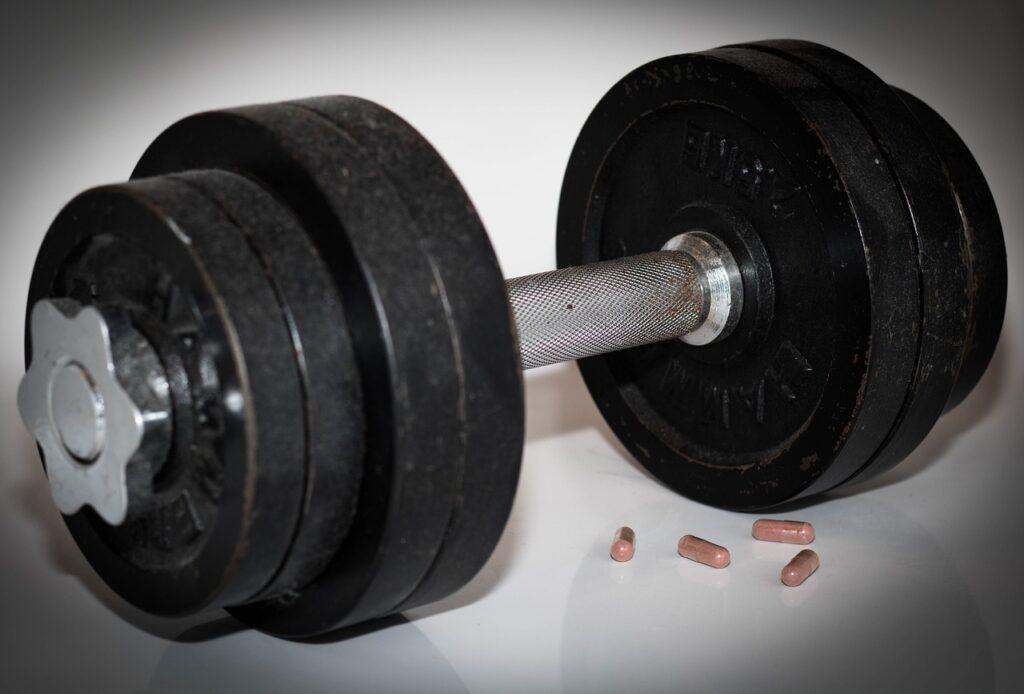
Anabolic steroids are used during training and competition for various reasons, including the following.
1. Increased Muscle Mass
Anabolic steroids promote protein synthesis, the process by which cells build new proteins. This results in a net increase in muscle protein content, and since protein is the building block for muscle growth, an increase in it leads to muscle growth (hypertrophy).
Increased protein synthesis caused by anabolic steroids also allows muscles to repair and rebuild quickly after exercise, facilitating faster muscle growth.
2. Enhanced Performance
As a bodybuilder, you need power, strength and endurance to perform well in strength sports such as Olympic weightlifting, bodybuilding, and powerlifting.
Although advanced strength training, cardio exercises and balanced nutrition can help you with this, anabolic steroids can double the benefits. Anabolic steroids can improve your performance by increasing strength, power, and endurance. This can allow you to train harder and longer, potentially leading to greater muscle size and strength gains.
3. Improved Recovery
During intense workouts, muscles are damaged by pressure, causing soreness and pain that might take time to heal.
Anabolic steroids may help you recover quickly from intense workouts by reducing muscle damage and inflammation. When consumed, the anti-inflammatory properties of anabolic steroids reduce inflammation and swelling in muscles following intense workouts, contributing to faster recovery and less discomfort during the post-exercise period.
Anabolic steroids also enhance the body’s overall recovery capacity by increasing red blood cell production and oxygen delivery to muscles. This improved oxygenation facilitates the removal of metabolic waste products such as lactic acid, which can accumulate during intense exercise and contribute to muscle fatigue and soreness.
4. Reduced Body Fat
Some anabolic steroids have been shown to increase metabolism and promote fat loss. This can help bodybuilders achieve a leaner, more defined physique, especially when combined with a calorie-controlled diet and regular exercise during the cutting phase.
5. Preserve Muscle Mass
There is also use of certain anabolic steroids to preserve muscles if you have a muscle-wasting disease such as AIDS and chronic obstructive pulmonary disease (COPD), but under a doctor’s prescription.
They modulate the body’s hormonal environment, promoting anabolic (muscle-building) processes while suppressing catabolic (muscle-breaking) ones. For example, steroids increase the levels of anabolic hormones like testosterone, insulin-like growth factor 1 (IGF-1), and growth hormone, which stimulate muscle growth and repair.
At the same time, they decrease the levels of catabolic hormones like cortisol, which degrade muscle tissue. This hormonal balance favors muscle preservation and growth for individuals with muscle-wasting diseases such as AIDS, cancer, and liver and kidney disease.

While anabolic steroids offer some benefits to bodybuilders, the use comes with significant risks and potential side effects. Here are some adverse effects:
1. Cardiovascular Complications
Anabolic steroids have can have harmful effects on your cardiovascular system when used for long periods.
When taken, it causes your body to produce more testosterone, increasing your heart rate and bloodstream levels. The heart rate increase can lead to health problems such as abnormal heart rhythms, kidney damage, heart attack or high blood pressure.
Anabolic steroids also increase LDL cholesterol (the “bad” cholesterol) and decrease HDL cholesterol (the “good” cholesterol), leading to an increased risk of atherosclerosis.
Atherosclerosis is a condition in which plaque, consisting of fatty deposits, builds up inside the arteries. Over time, the plaque hardens and narrows the arteries, restricting blood flow to vital organs and tissues. If the condition persists, it may cause heart attacks and strokes.
Steroids can also elevate blood pressure, further increasing the risk of cardiovascular events.
2. Hormonal Imbalances
Anabolic steroids disrupt the body’s natural hormone balance, leading to potential complications such as infertility, testicular atrophy, decreased sperm production and breast enlargement in males. In women, it can cause menstrual irregularities and masculinization, such as deepening of the voice or the growth of facial hair.
3. Mood Disorder
Anabolic steroid use has been linked to mood swings, aggression, irritability, and depression. The side effects of different experiences have veen anxiety, nervousness, insomnia, as well as psychotic episodes and in the worse cases, delusions.
4. Acne and Skin Problems
Anabolic steroids cause or exacerbate acne, particularly on the face, chest, and back. This is due to the stimulation of sebaceous gland activity and increased oil production in the skin. Steroid use can also lead to other skin problems, such as cysts, abscesses and jaundice due to liver damage caused by anabolic steroids,
5. Hair Loss
Anabolic steroids can accelerate male pattern baldness (androgenic alopecia) in individuals who are genetically predisposed to this condition. This is because steroids increase dihydrotestosterone (DHT) levels, a hormone implicated in hair loss. Women may also experience hair thinning with steroid use.
6. Legal and Ethical Issues
Using steroids without a prescription is illegal in many countries and is against the rules of most major and amatuer sports organizations. Bodybuilders who use steroids illegally risk legal consequences, including fines and bans from competition. The use of steroids can also damage your repetation because it undermine the principles of fair play and integrity in sports and competition.
7. Infections
If administered improperly or in unsterile conditions, anabolic steroid injections can increase the risk of infections. This can lead to abscesses, cellulitis, and systemic illnesses like sepsis.
Sharing needles or vials can also transmit blood-borne diseases such as HIV and hepatitis B and C.
8. Liver Damage
The liver metabolizes anabolic steroids, and prolonged use of oral steroids or high-dose use, especially those that are 17-alpha alkylated, can lead to liver tumors, hepatitis, and liver failure. The symptoms of liver damage may manifest as jaundice (yellowing of the skin and eyes), liver cysts, or liver cancer.
Even injectable steroids can put a strain on the liver since many anabolic steroids are hepatotoxic—they can cause damage to the liver.
9. Fluid Retention and Oedema
Anabolic steroids can cause fluid retention and oedema (swelling) due to sodium and water retention, leading to bloating, puffiness, and an increased risk of hypertension and congestive heart failure.
10. Dependency and Addiction
Some types of anabolic steroids can be addictive, leading some users to develop a dependence on them to maintain their physique and performance. Withdrawal symptoms can occur when stopping steroid use, further complicating matters.

Comprehending the risks and side effects associated with different types of anabolic steroids is crucial if you are considering these using any forms to enhance your physique and performance.
While different types of anabolic steroids may offer several benefits such as increased muscle mass, strength, and athletic performance, they come with significant potential harms that cannot be ignored.
From cardiovascular complications to liver damage, hormonal imbalances, psychiatric effects, and reproductive issues, these negative effects on your body are extensive. Infections, fluid retention, and skin problems are even more of the potential risks involved.
For your health safety and longevity of your life, it is recommended to not take forms of anabolic steriods. If you are considering, consult with a healthcare professional or expert in sports medicine for additional advice, guidance or support.





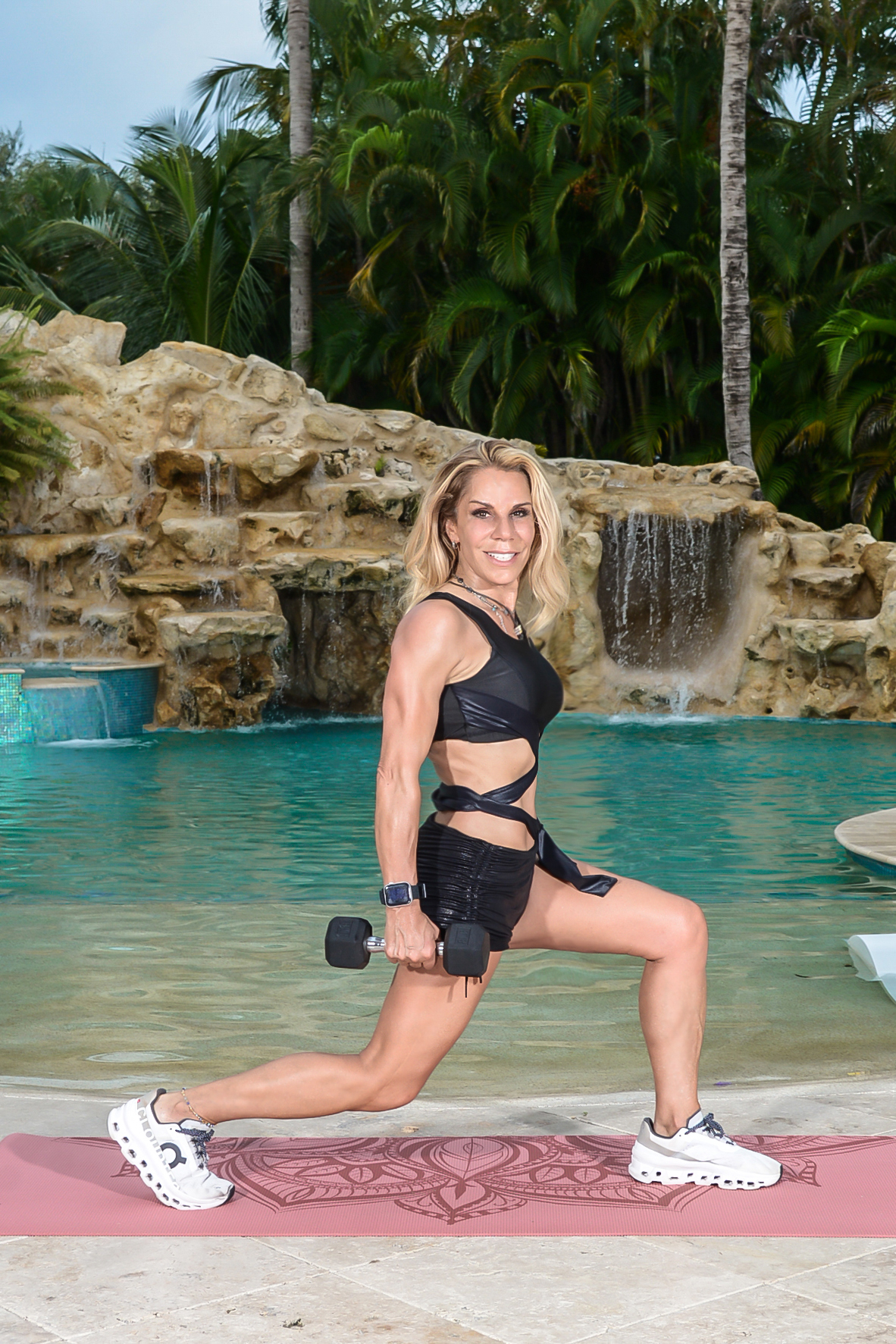
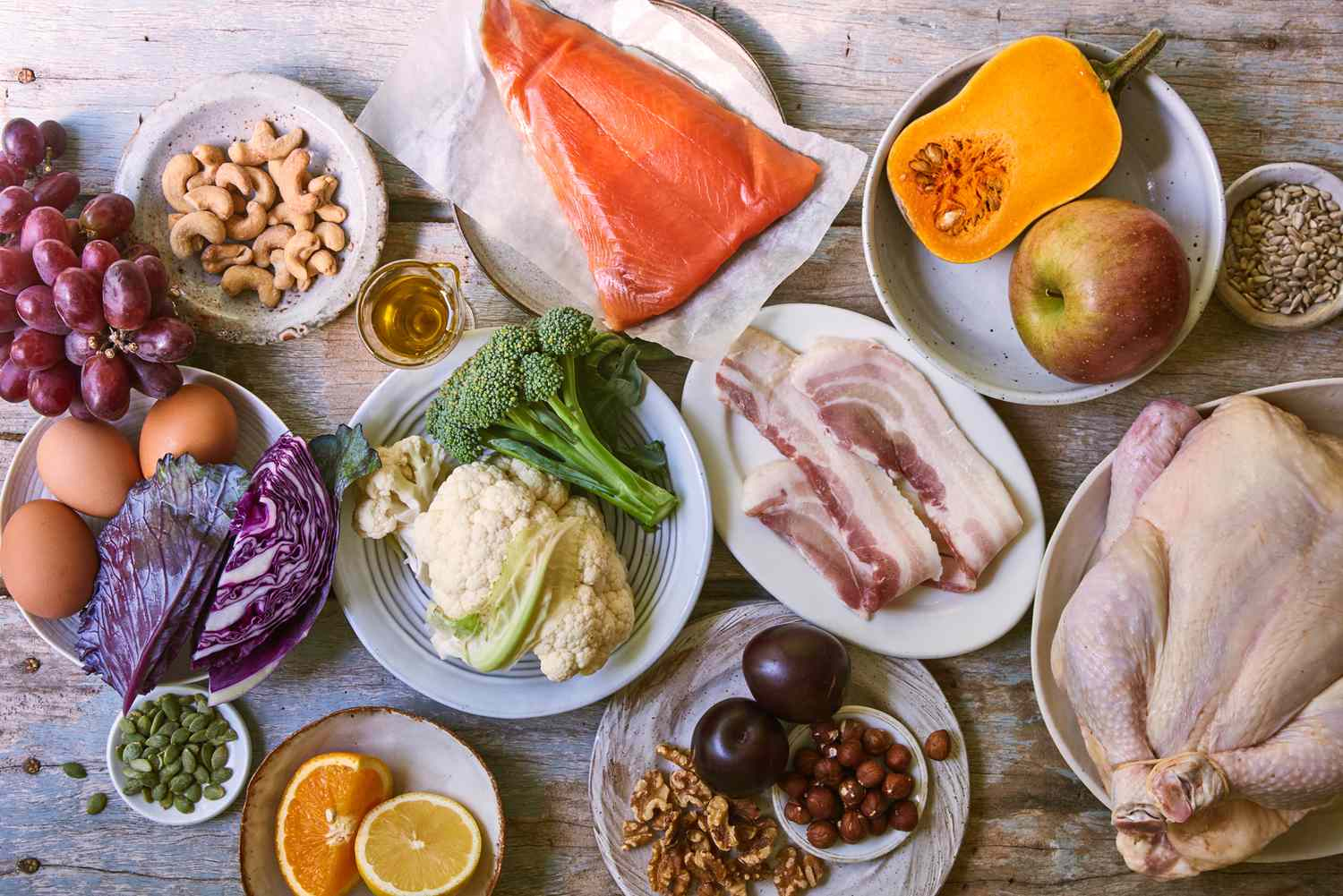
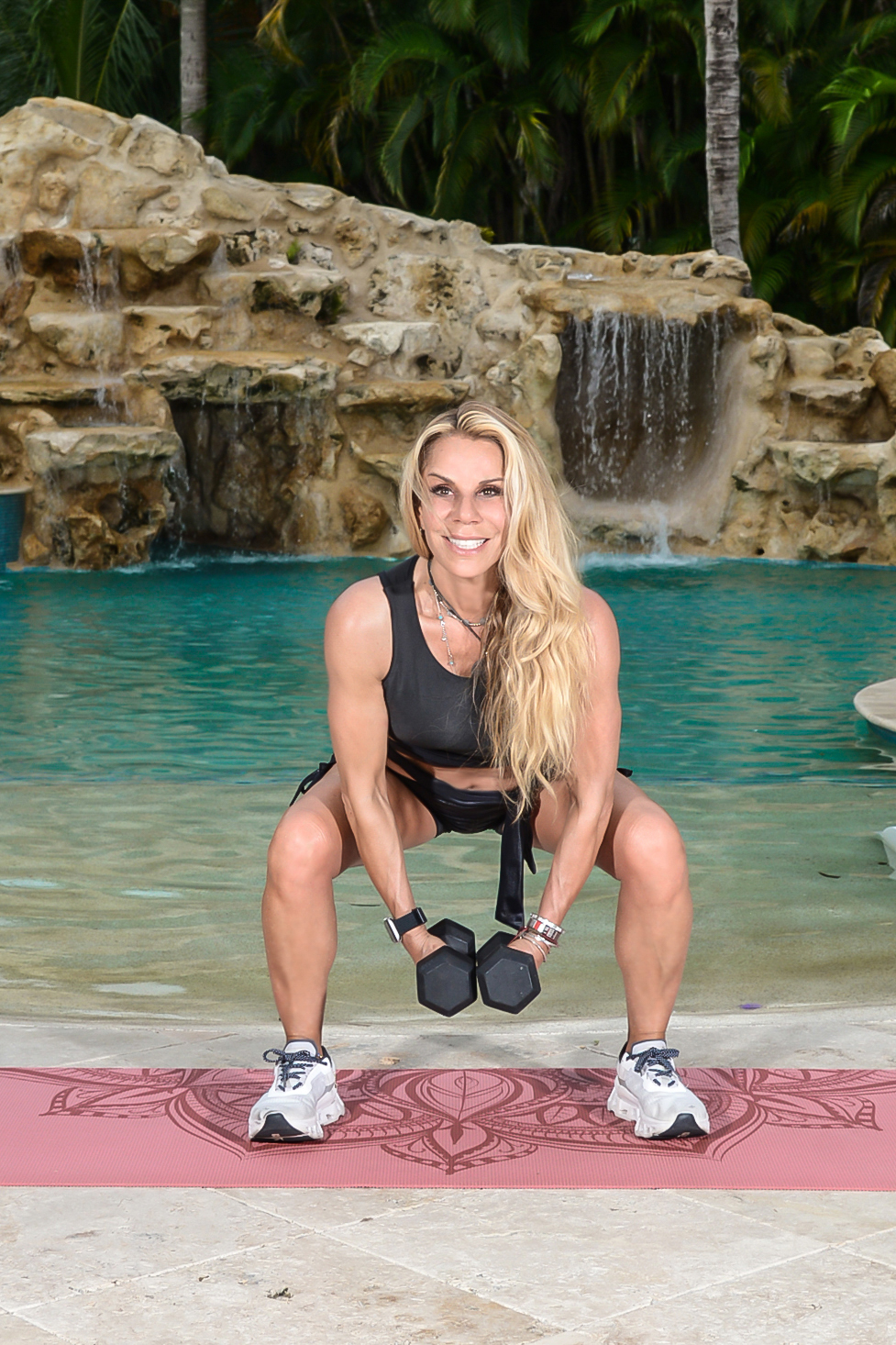
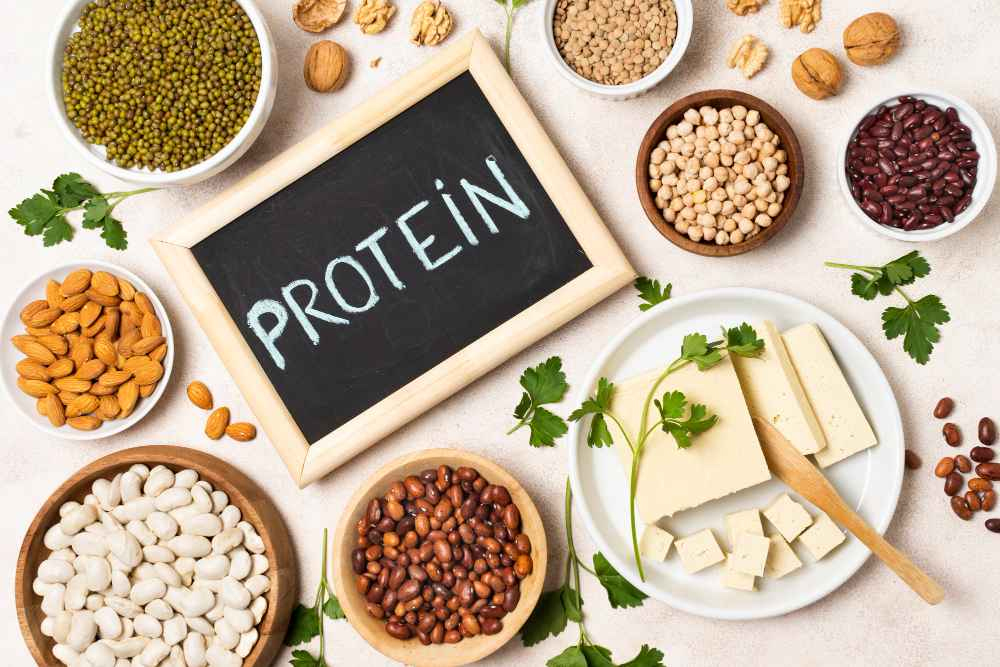
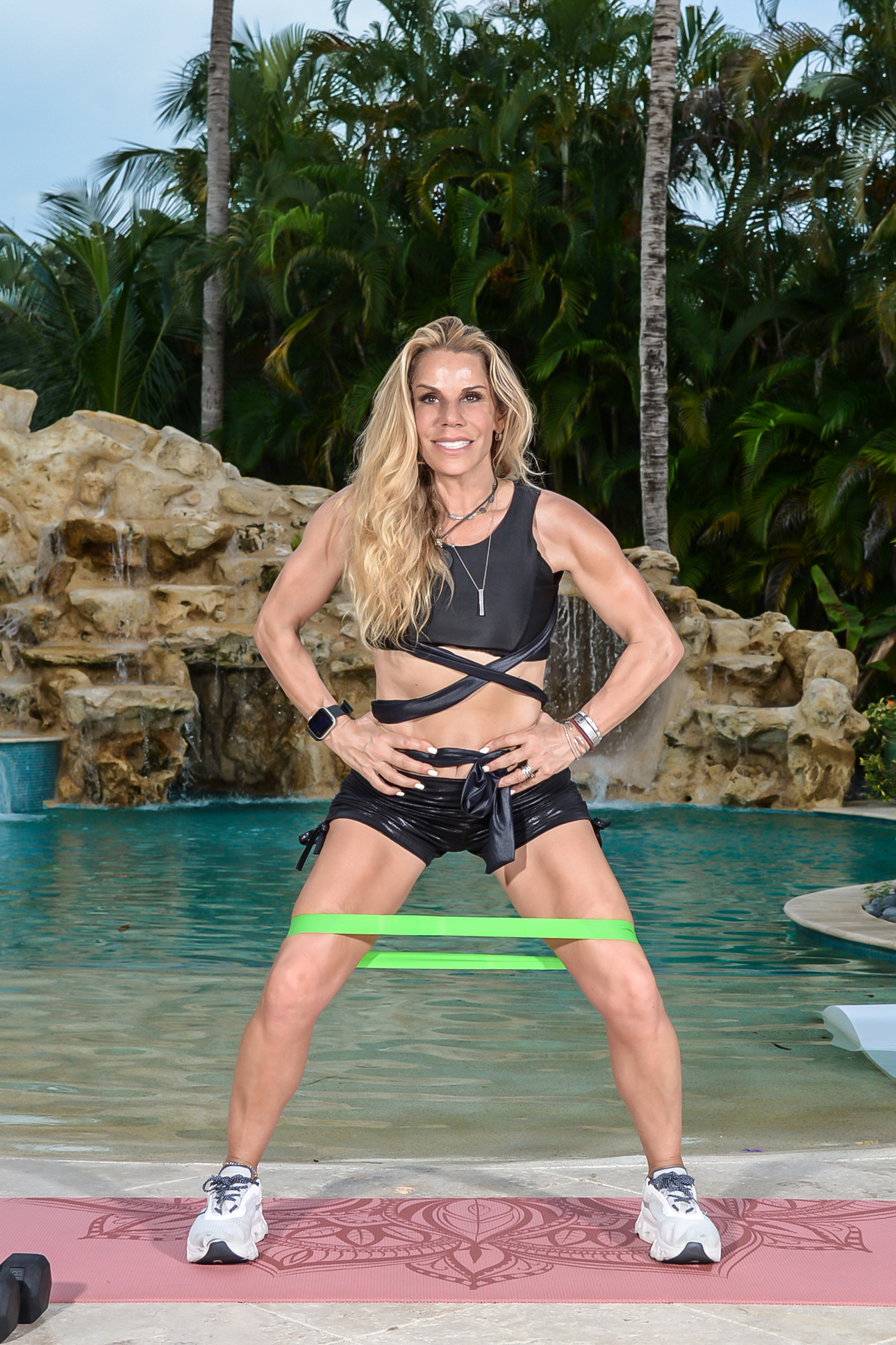
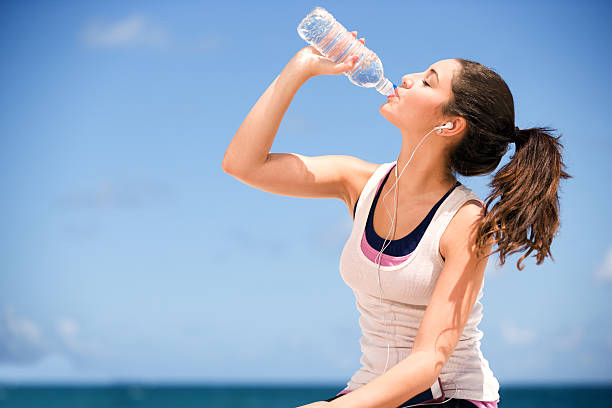
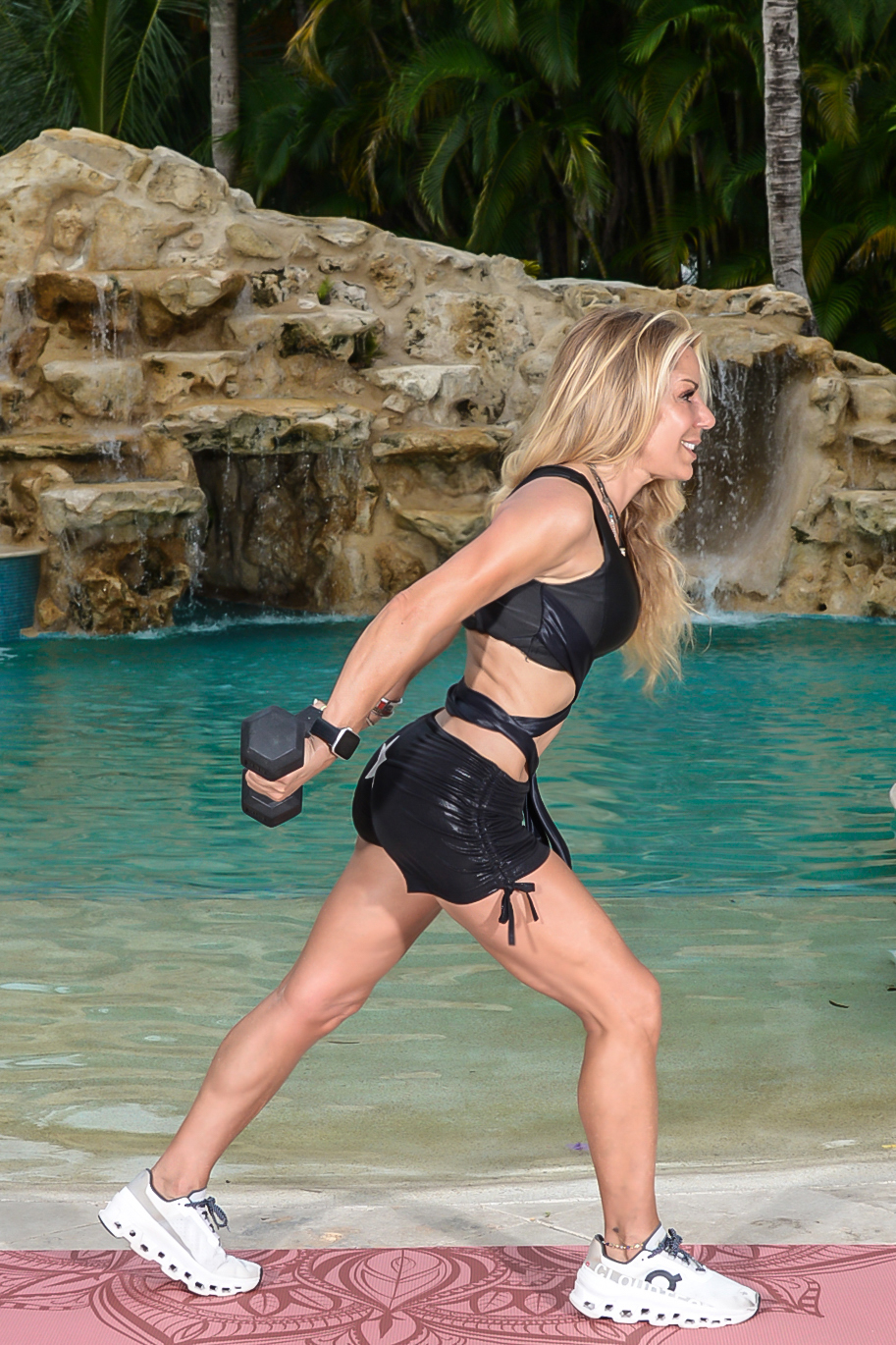
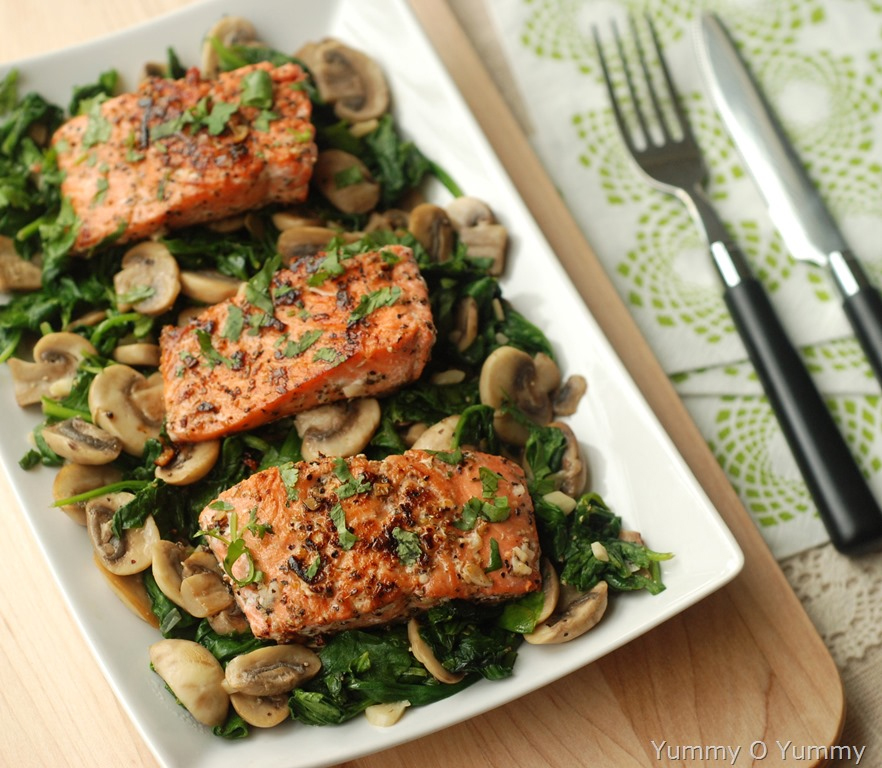
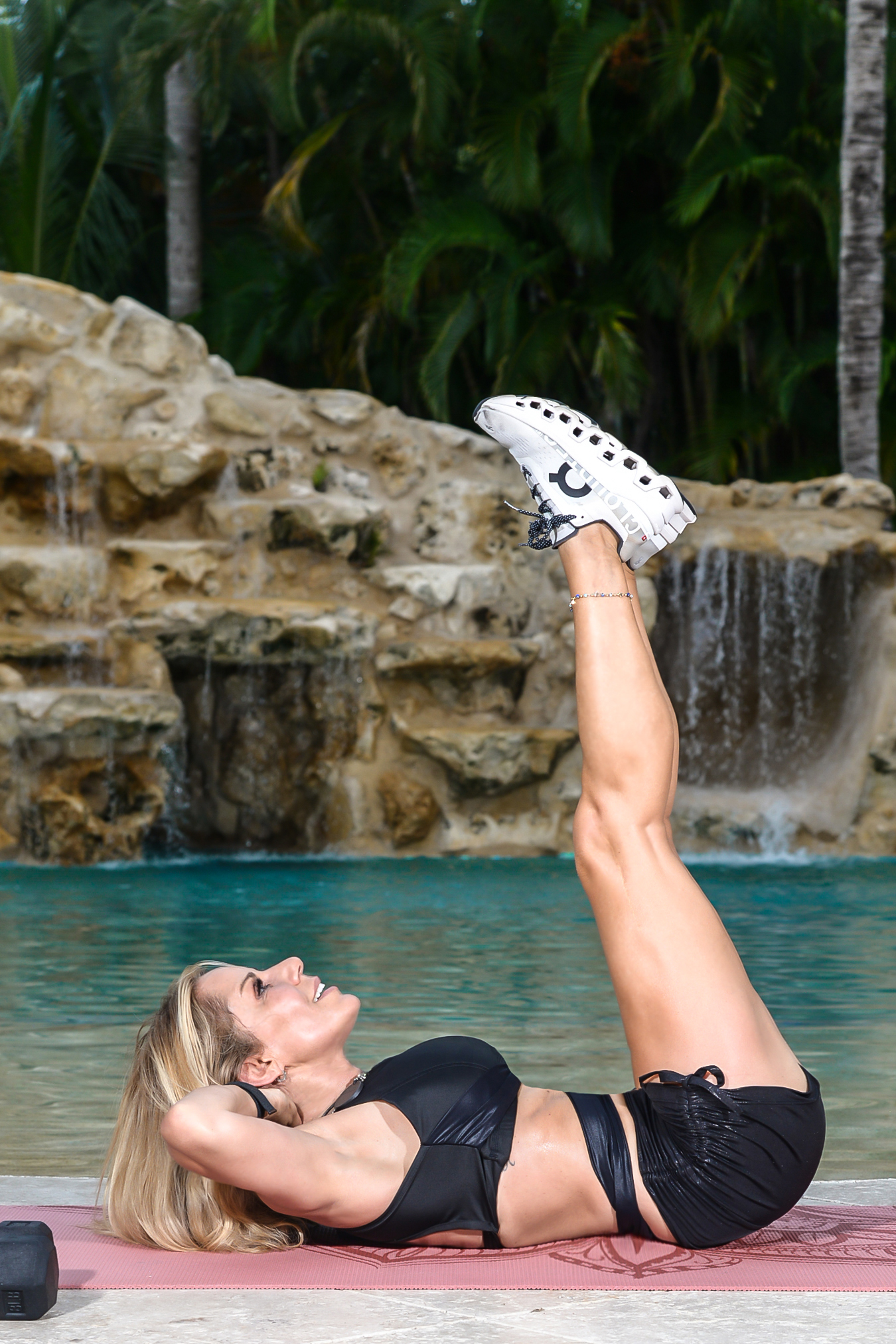

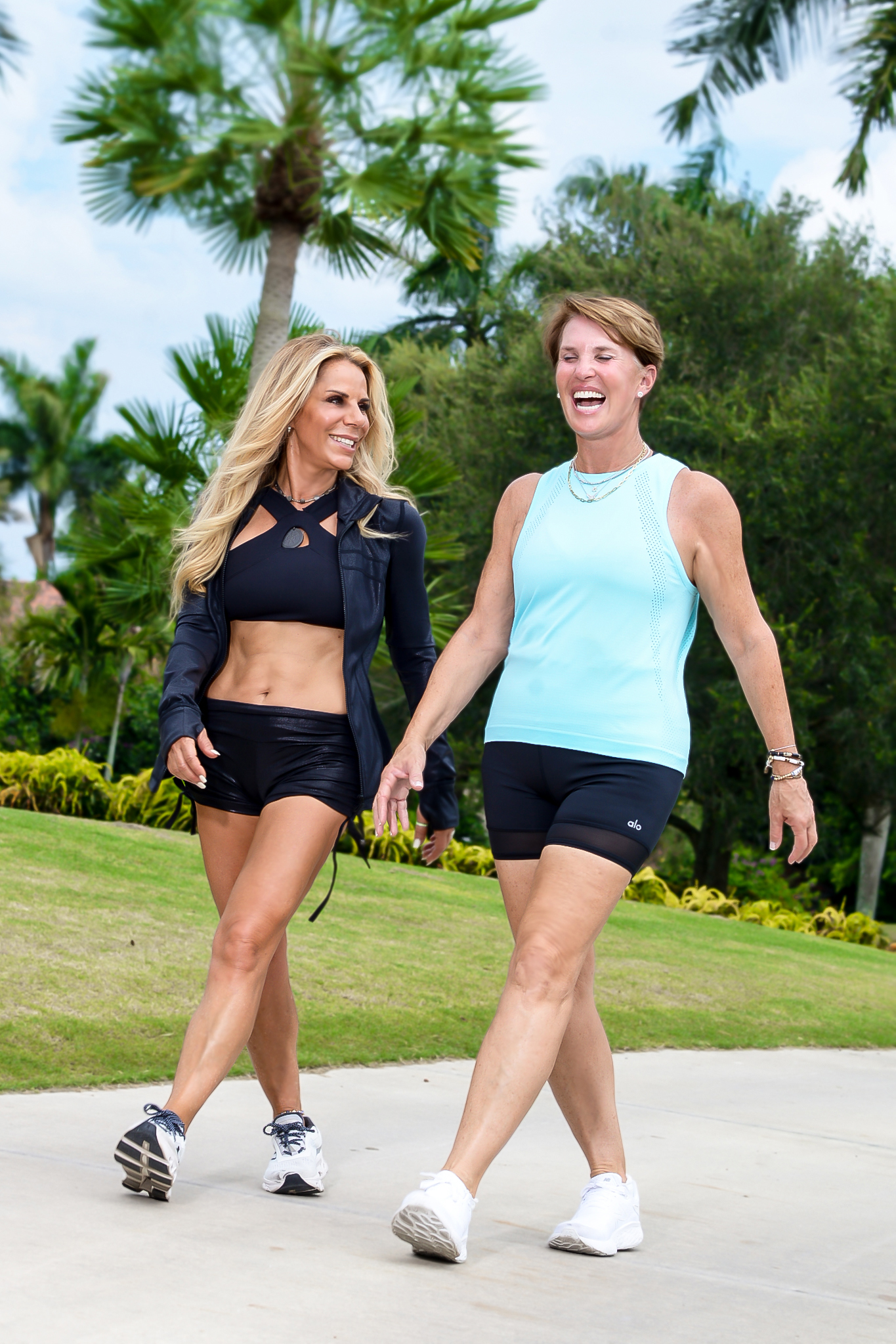
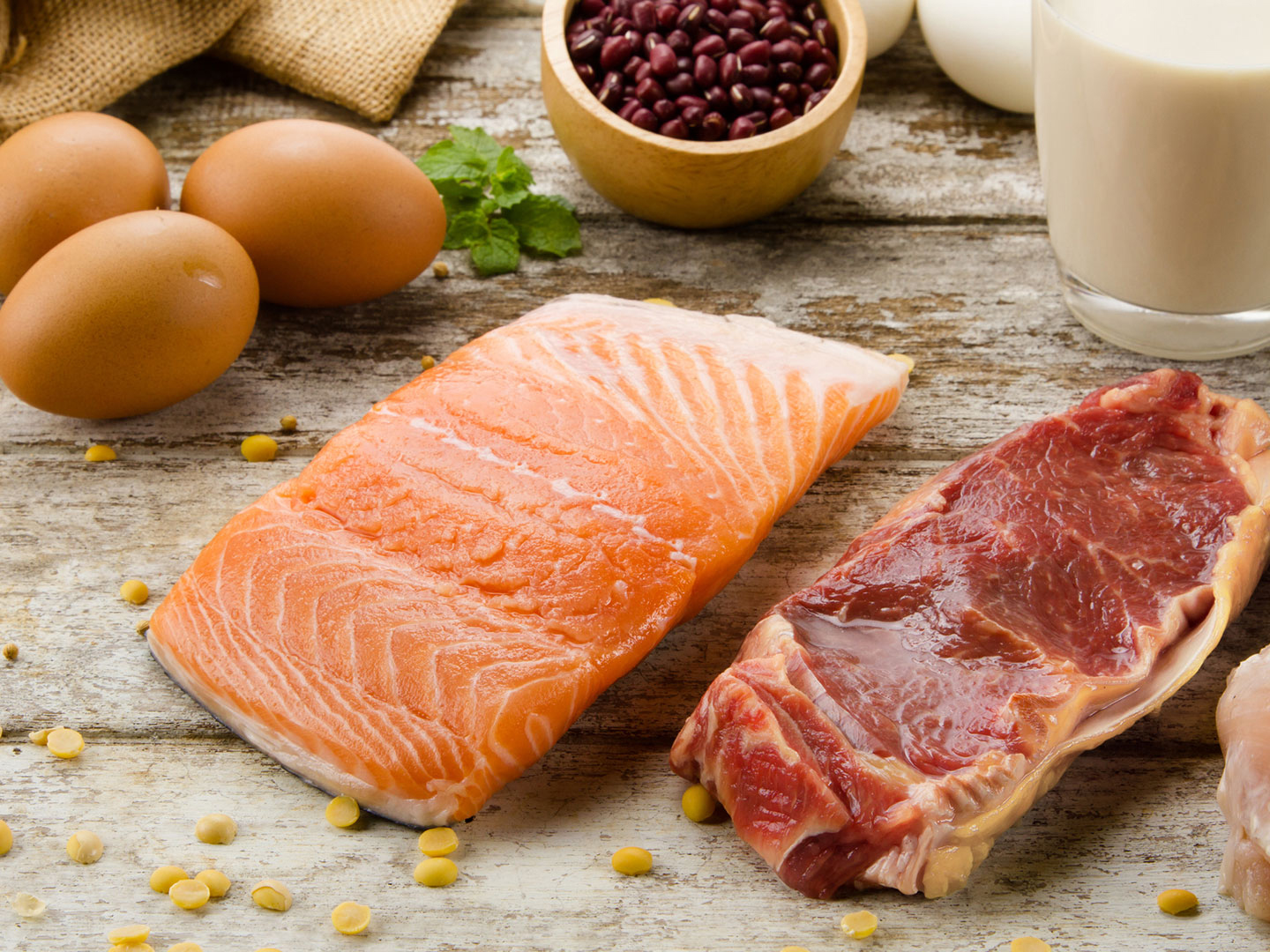



















 The One Thing Men Want More Than Sex
The One Thing Men Want More Than Sex
 Here’s What Happens When You Find The One
Here’s What Happens When You Find The One





